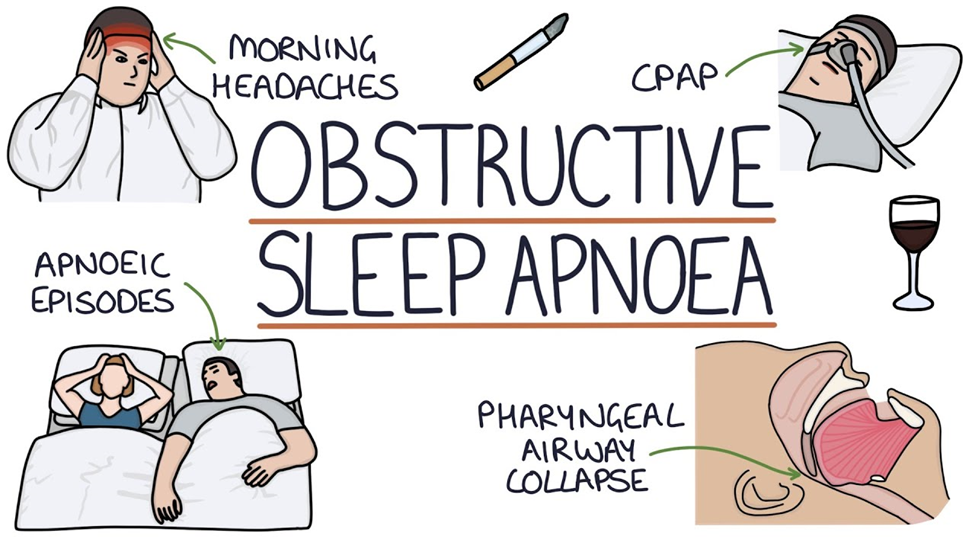A nurse is reinforcing teaching with the parents of a child who is starting to use a spacer with a metered-dose inhaler (MDI) to treat asthma. Which of the following information should the nurse include in the teaching?
The spacer increases the amount of medication delivered to the oropharynx.
The spacer increases the amount of medication delivered to the lungs.
Inhale rapidly when using the spacer with the MDI.
Cover exhalation slots of the spacer with lips when inhaling.
The Correct Answer is B
A. The spacer increases the amount of medication delivered to the oropharynx.
Spacers are designed to minimize the amount of medication deposited in the oropharynx (back of the throat) and reduce the risk of side effects such as oral thrush or hoarseness. The main purpose of using a spacer is to optimize the delivery of medication to the lungs.
B. The spacer increases the amount of medication delivered to the lungs.
When reinforcing teaching with the parents of a child who is starting to use a spacer with a metered-dose inhaler (MDI) to treat asthma, the nurse should include the information that the spacer increases the amount of medication delivered to the lungs. Spacers help improve the delivery of medication from the MDI to the lungs by reducing the need for coordination between actuation of the MDI and inhalation. They also slow down the speed of the aerosolized medication particles, allowing more time for them to be inhaled into the lungs effectively.
C. Inhale rapidly when using the spacer with the MDI.
Inhaling rapidly may lead to improper inhalation technique and reduce the effectiveness of medication delivery to the lungs. Instead, the child should be instructed to inhale slowly and deeply to ensure that the medication reaches the lower airways.
D. Cover exhalation slots of the spacer with lips when inhaling.
Covering the exhalation slots of the spacer with lips during inhalation is not recommended. These slots are designed to allow the child to exhale freely and prevent buildup of pressure within the spacer. Encouraging the child to exhale into the spacer would hinder proper inhalation technique and could lead to decreased medication delivery to the lungs.
Nursing Test Bank
Naxlex Comprehensive Predictor Exams
Related Questions
Correct Answer is C
Explanation
A. Constipation
Constipation is not typically associated with obstructive sleep apnea. However, sleep disturbances and certain medications used to manage OSA may indirectly contribute to constipation in some cases.
B. Nausea
Nausea is not a common symptom of obstructive sleep apnea. While sleep disturbances may affect gastrointestinal function in some individuals, nausea is not a typical manifestation of OSA.
C. Headache
One of the common findings associated with obstructive sleep apnea (OSA) is headache. This occurs due to the repeated episodes of apnea (cessation of breathing) during sleep, which leads to intermittent hypoxia (low oxygen levels) and subsequent cerebral vasodilation. The vasodilation can trigger headaches, often described as morning headaches, upon waking up. These headaches are typically frontal and may be accompanied by other symptoms such as fatigue and irritability.
D. Hypotension
Hypotension (low blood pressure) is not a typical finding in obstructive sleep apnea. In fact, individuals with OSA are more likely to have hypertension (high blood pressure) due to the effects of repeated apnea episodes on the cardiovascular system, such as increased sympathetic activity and arterial stiffness.

Correct Answer is A
Explanation
A. Assess the patient; check to see if the oxygen is flowing correctly:
This option involves assessing the patient's condition promptly, particularly focusing on the adequacy of oxygenation. Checking the oxygen delivery system ensures that the patient is receiving the prescribed oxygen therapy at the appropriate flow rate. In a patient with shortness of breath (SOB) and increasing confusion and combativeness, hypoxemia (low oxygen levels) could be a contributing factor. Therefore, assessing the oxygen delivery system is crucial to ensure proper oxygenation and address potential causes of the patient's symptoms.
B. Page the MD STAT:
Paging the MD STAT may be necessary after assessing the patient's condition, especially if the patient's symptoms indicate a medical emergency or require immediate intervention. However, in this scenario, the priority is to assess the patient's condition and address any immediate concerns related to oxygenation and respiratory status. While paging the healthcare provider may be necessary, it should not delay the initial assessment and interventions needed to stabilize the patient.
C. Put up the patient's side rails and apply soft restraints:
Applying side rails and soft restraints should not be the first action in response to the patient's symptoms. While patient safety is important, these measures should only be implemented after other interventions have been attempted, and there is a risk of harm to the patient or others due to agitation or combativeness. In this case, the patient's confusion and combativeness may be secondary to hypoxemia, so addressing oxygenation and assessing the patient's condition are the immediate priorities.
D. Administer an IM sedative:
Administering a sedative should not be the first action in this scenario. Sedation may be considered if the patient's agitation or combativeness poses a risk to their safety or interferes with assessment and treatment. However, the underlying cause of the patient's symptoms, such as hypoxemia, should be addressed first. Administering a sedative without addressing the potential cause of the patient's symptoms could mask important clinical indicators and delay appropriate treatment.
Whether you are a student looking to ace your exams or a practicing nurse seeking to enhance your expertise , our nursing education contents will empower you with the confidence and competence to make a difference in the lives of patients and become a respected leader in the healthcare field.
Visit Naxlex, invest in your future and unlock endless possibilities with our unparalleled nursing education contents today
Report Wrong Answer on the Current Question
Do you disagree with the answer? If yes, what is your expected answer? Explain.
Kindly be descriptive with the issue you are facing.
